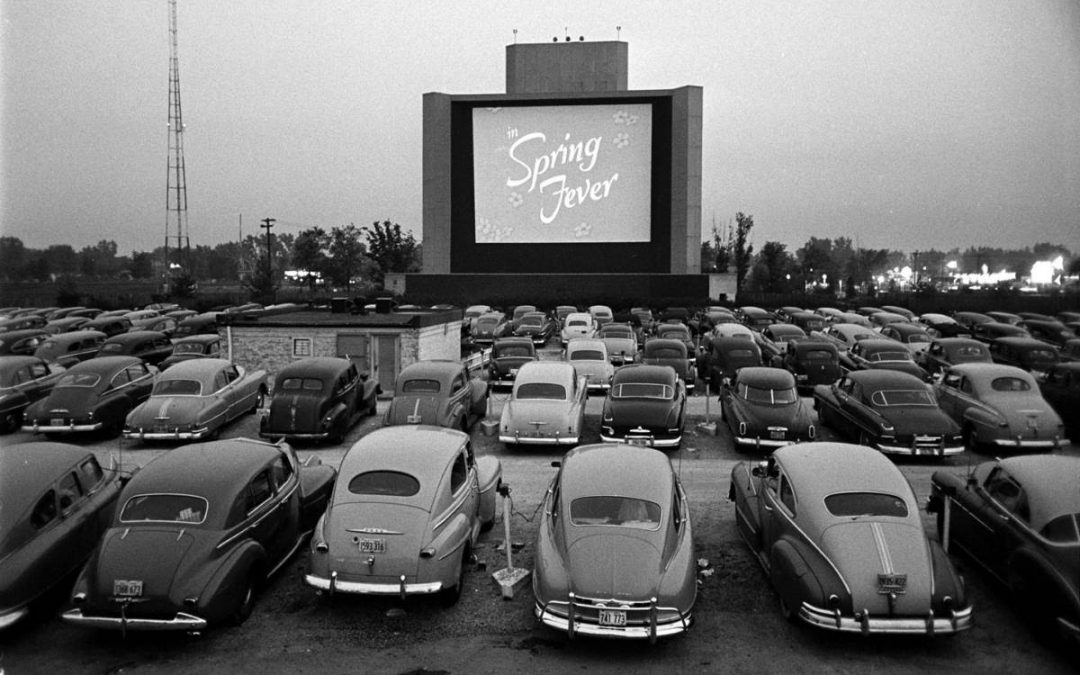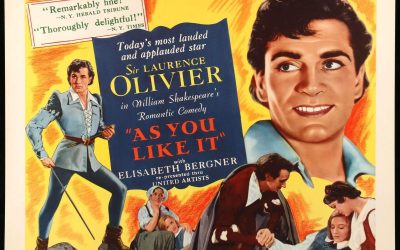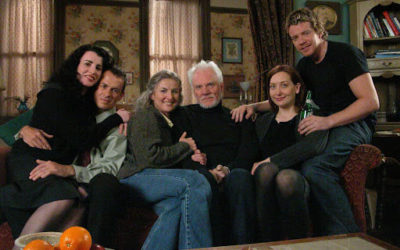For months now, the COVID-19 pandemic, more commonly known as the Coronavirus, has laid waste to the world, forcing people to confine themselves to their homes in order to reduce the spread of the disease. Naturally, this comes at a great cost to many major industries, and the film industry is no exception. With all of the major theater chains closing all of their establishments’ doors until further notice, the vast majority of theaters in the nation are inaccessible. There are exceptions, however. In fact, one particular kind of theater has started to see a minor resurgence over the past month: the drive-in theater.
The concept behind the drive-in movie theater is quite simple. At an outdoor location, a giant screen is held up in front of a large parking area. Once it’s dark enough, a projector plays a movie onto the screen from far behind, and cars parked in the area are positioned to face the screen. This way, moviegoers can watch the movie from their cars, receiving the sound through the radio and never once needing to step outside (unless they need to use the bathroom or want to purchase snacks from a nearby concession stand).
The history of the drive-in theater begins in 1933, when Richard M. Hollingshead, Jr. opened the first official drive-in in Pennsauken, New Jersey. While several other drive-ins would appear throughout the country shortly afterwards, it wasn’t until after World War II that the concept really took off. A boost in economic prosperity meant not only a huge baby boom, but also a drastic increase in disposable income. With children and teenagers becoming marketable demographics, drive-ins took advantage of the situation and began to appeal to the youth. This approach proved to be a profitable one, and by the late 1950’s and early 1960’s, drive-ins were at the peak of their success.
By the late 1960’s and into the following decades though, the luck of the drive-in was beginning to run out. Newer forms of home entertainment like cable television and video made people less willing to leave the comfort of their home. The energy crisis of the 1970’s led to decreasing car use and the adoption of daylight savings time, both of which made running drive-ins less profitable. Runaway inflation and interest hikes for real estate made the land most drive-ins were located on too valuable to not be used for other purposes. Because of all these factors, drive-ins began to shut down in increasing numbers, and while the drive-in is not extinct, its numbers never fully recovered. Whereas there were over 4,000 drive-ins operating during their peak, there are just over 300 still open to this very day.
As one can see, time has not been considerably kind to the drive-in. While the concept has maintained some appeal due to nostalgia, the need to incorporate new technology (like digital projectors) has made running a drive-in more expensive than ever, and the revenue these establishments receive isn’t always enough to earn back the investment. Because of this, many drive-ins are unable to pay for these new features and are therefore unable to stay up to date in a modern world.
So why is it now, in the middle of a worldwide pandemic, are some drive-in theaters seeing a boom in business that hasn’t been seen in years, if not decades? This is especially surprising given many states adopting social distancing policies that restrict one’s ability to go outside the home. If most people across the nation are trying their hardest to adhere to these regulations, why are they still going to drive-ins?
For many, the drive-in provides the perfect compromise between enjoying the theatrical experience and staying safe amidst the Coronavirus outbreak. Unlike a traditional theater, where up to hundred of people may be confined to a single area, those watching films at a drive-in remain in their cars. While there may be a similar number of people overall at a drive-in screen compared to a regular theater screen, they are all separated by their cars, meaning there’s less risk of spreading the disease. This allows moviegoers to watch a film on the big screen just as they would in a regular theater, but to do so without posing as big of a health risk.
This is not to say all drive-in theaters are taking advantage of this surge in popularity. In fact, many drive-ins have closed down just like regular theaters, either as mandated by the state government or their own personal unwillingness to risk further spread of the virus. However, the drive-ins that are still open are taking full advantage of the demand for the theatrical experience. Despite needing to take new measures intended to prevent the disease from spreading (from increased glove usage to allowing customers to order food via phone call or text), these drive-ins have proven to be willing to adapt, and for some locations, these measures are more than worth the effort.
With this rediscovery of the drive-in, could these kinds of theaters see a comeback? At this point, it’s hard to say. The coronavirus continues to plague the majority of the world, and in many countries, the end of the pandemic is nowhere in sight. Even when the pandemic does come to an end, most drive-ins still need to acquire the expensive technology that allows them to compete with traditional theaters, as well as other forms of film viewing such as streaming services. That being said, those coming out to the drive-ins in this time of crisis might find this different means of film viewing to be a pleasant one, and may be willing to repeat the experience some time, if not multiple times, in the future. What will come of the drive-in in the coming years remains uncertain, but if it’s still around after all this time, perhaps a comeback is not entirely impossible.




